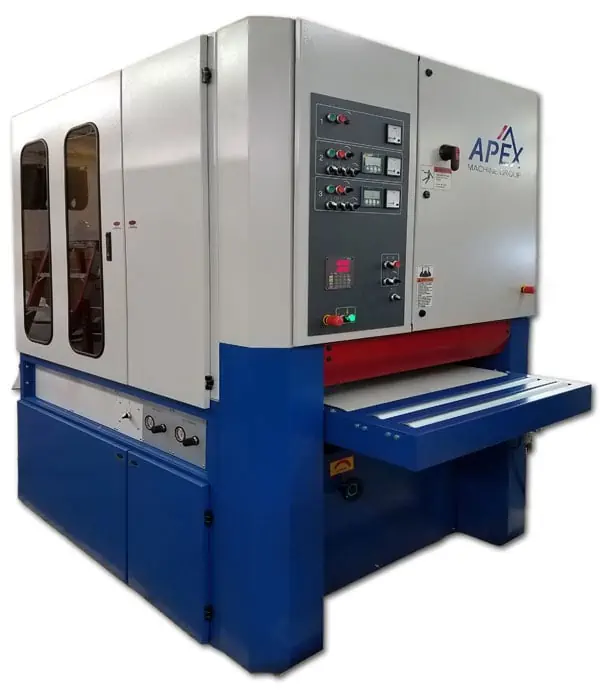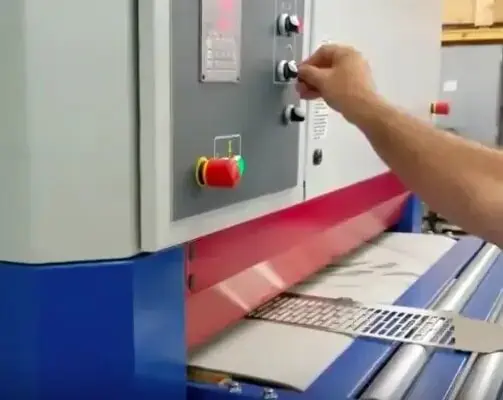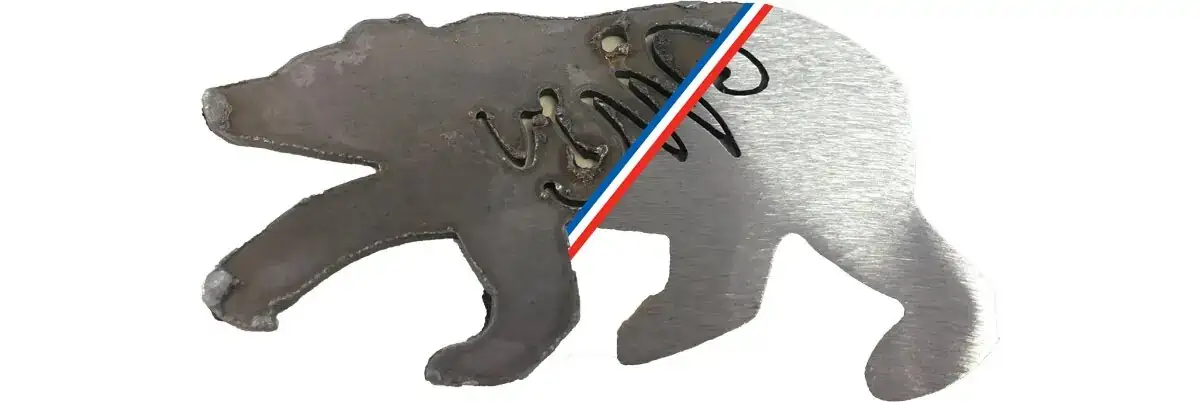Repairing a Metal Finishing Machine vs. Buying New Equipment
Even the best metal finishing solutions break down over time and constant use, especially if your shop runs multiple shift, seven-day-per-week operations. Unfortunately, a busted machine can cause significant downtime and grind your production process to a screeching halt. To avoid that loss in productivity and keep your work running smoothly, you’ll need to service or replace your malfunctioning equipment, stat. Repair or replace—which approach will work best for your unique needs? As a global leader in the metal deburring and finishing



